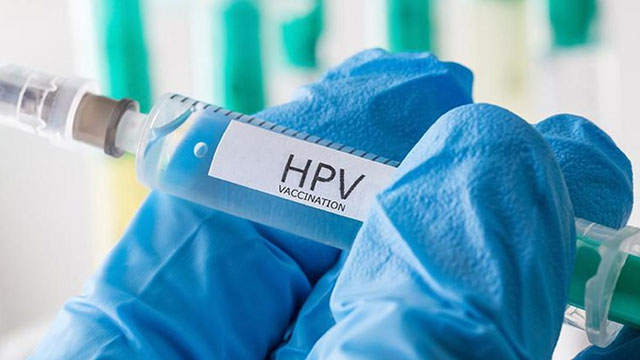Daijiworld Media Network – New Delhi
New Delhi, Nov 18: The world marked a major health milestone on November 17, 2025, as countries observed the first World Cervical Cancer Elimination Day. The WHO endorsed the day earlier this year, five years after nations pledged to eliminate cervical cancer as a public health problem. The initiative aligns with global goals on poverty reduction, gender equality and improved health outcomes, making the elimination effort a far-reaching social mission.
The global strategy is built on the belief that no woman should die from a disease that is both preventable and treatable when detected early. The WHO has set clear 2030 targets to bring down the cervical cancer incidence to fewer than four cases per one lakh women annually.

Cervical cancer continues to reflect deep global inequalities. Nearly 90% of deaths occur in low and middle-income countries where access to vaccination, screening and treatment remains limited. The burden is expected to rise from 570,000 cases in 2018 to 700,000 by 2030, with annual deaths projected to reach 400,000. The disease often strikes women during their most productive years, affecting families, communities and economies.
The illness is caused by persistent infection with the Human Papilloma Virus (HPV), primarily spread through sexual contact. While most infections resolve naturally, high-risk HPV types such as 16 and 18 can trigger changes that progress to cancer over several years. Early marriage, early sexual activity, multiple pregnancies, smoking, HIV infection, poor hygiene and limited awareness increase the risk of long-term infection and delayed diagnosis.
Globally, the elimination strategy focuses on prevention, screening and timely treatment. Vaccination of adolescent girls remains central to primary prevention, while screening women in mid-adulthood helps identify early disease. Treatment of confirmed cases through surgery, radiotherapy or chemotherapy forms the third pillar of the approach.
India is advancing efforts at all levels. The government plans to introduce HPV vaccination for adolescent girls in phases through schools and community-based channels, supported by communication campaigns to counter misinformation. Screening for women above 30 is carried out at primary health centres, though improving follow-up services continues to be a priority. Cancer treatment facilities are expanding with more radiotherapy units and strengthened referral systems, although access differs across regions.
Accurate data remains essential for tracking progress. India relies on ICMR’s cancer registries and the Registrar General’s medical certification systems to monitor trends in incidence and mortality. Strengthening civil registration is crucial to verify long-term elimination achievements.
Studies show that every dollar invested in cervical cancer elimination can generate more than three dollars in economic returns by 2050, rising significantly when social gains are included. Achieving the elimination target could keep more than 2.5 lakh women productive, contributing nearly $28 billion to the global economy.
With the first World Cervical Cancer Elimination Day now observed, countries have moved from aspiration to action. As vaccination, screening and treatment services expand, cervical cancer stands on track to become the first cancer in history that humanity can eliminate through coordinated global effort.